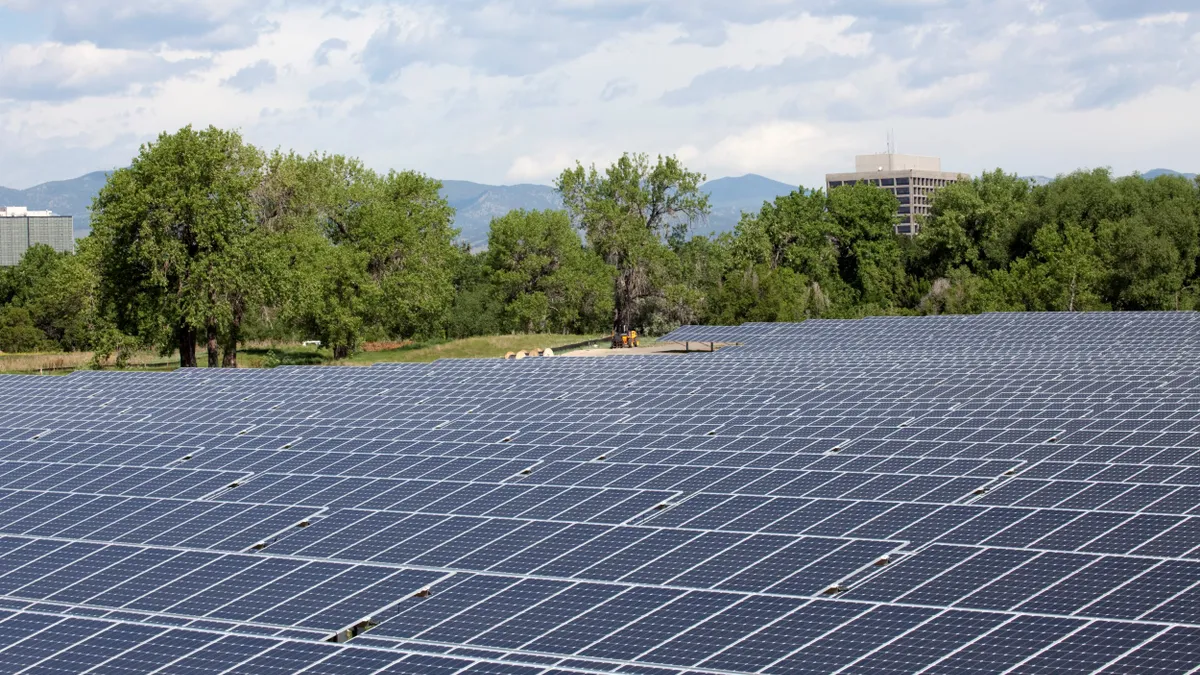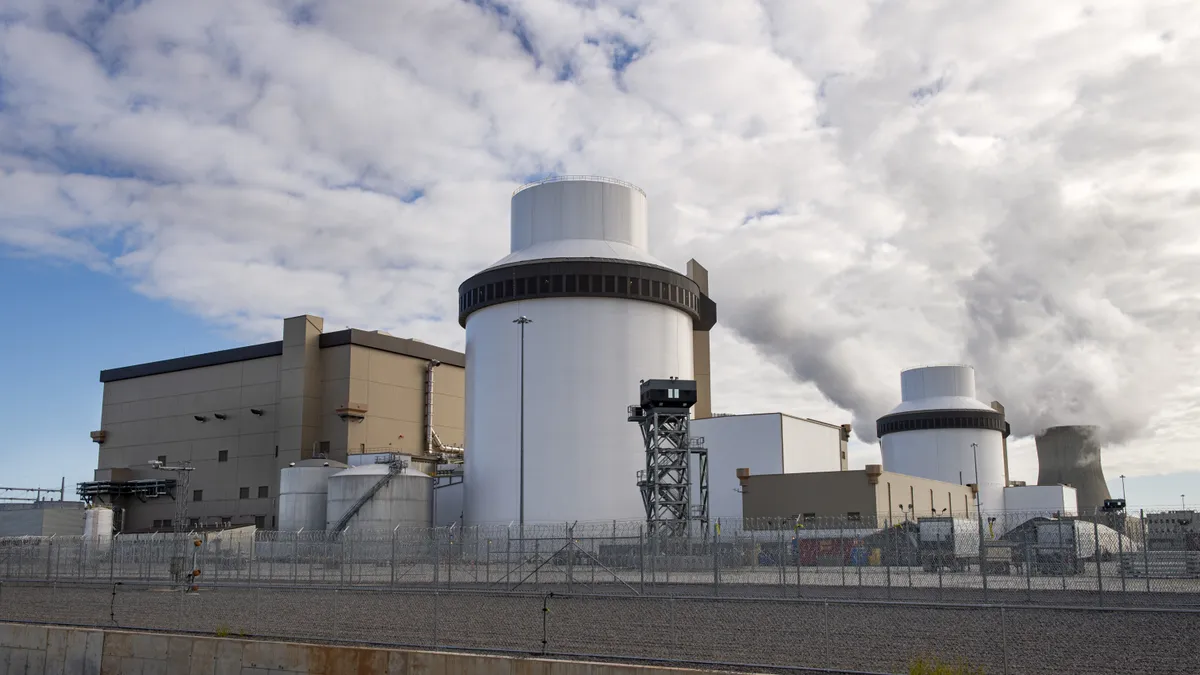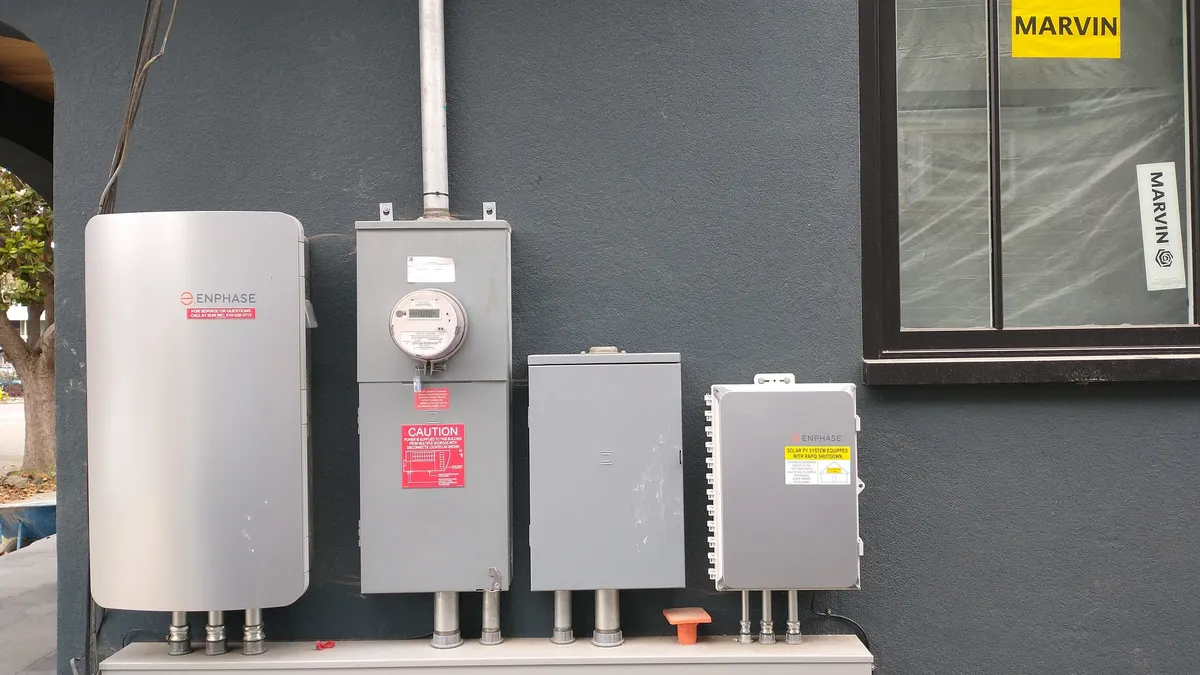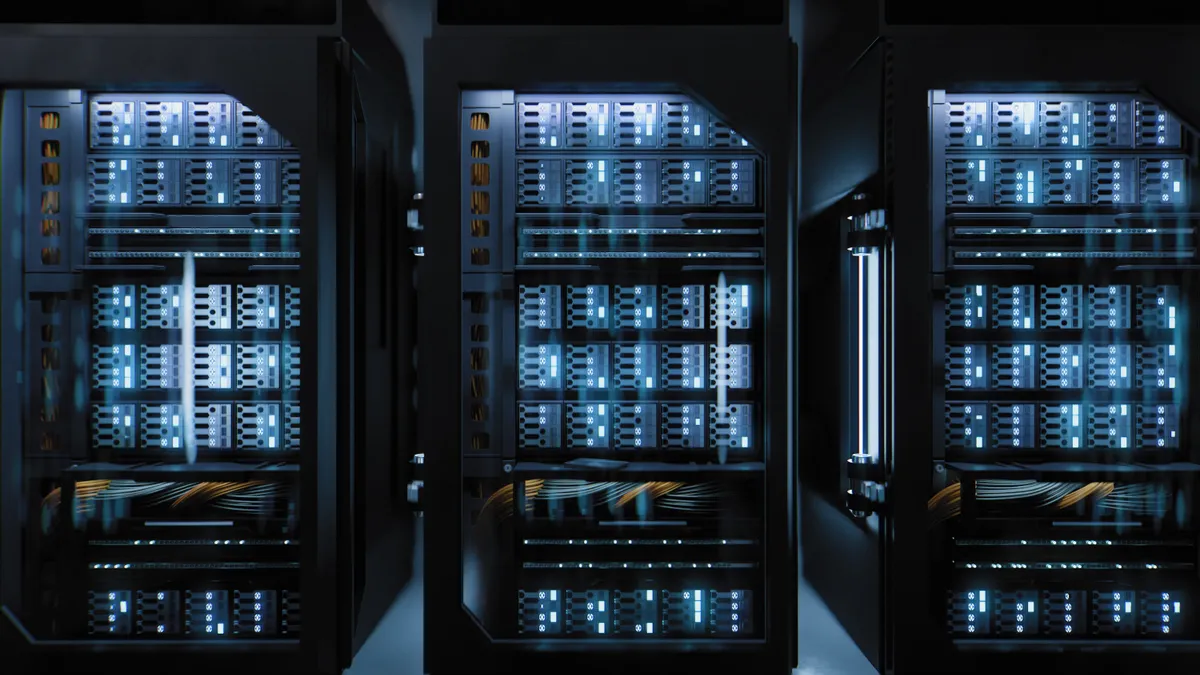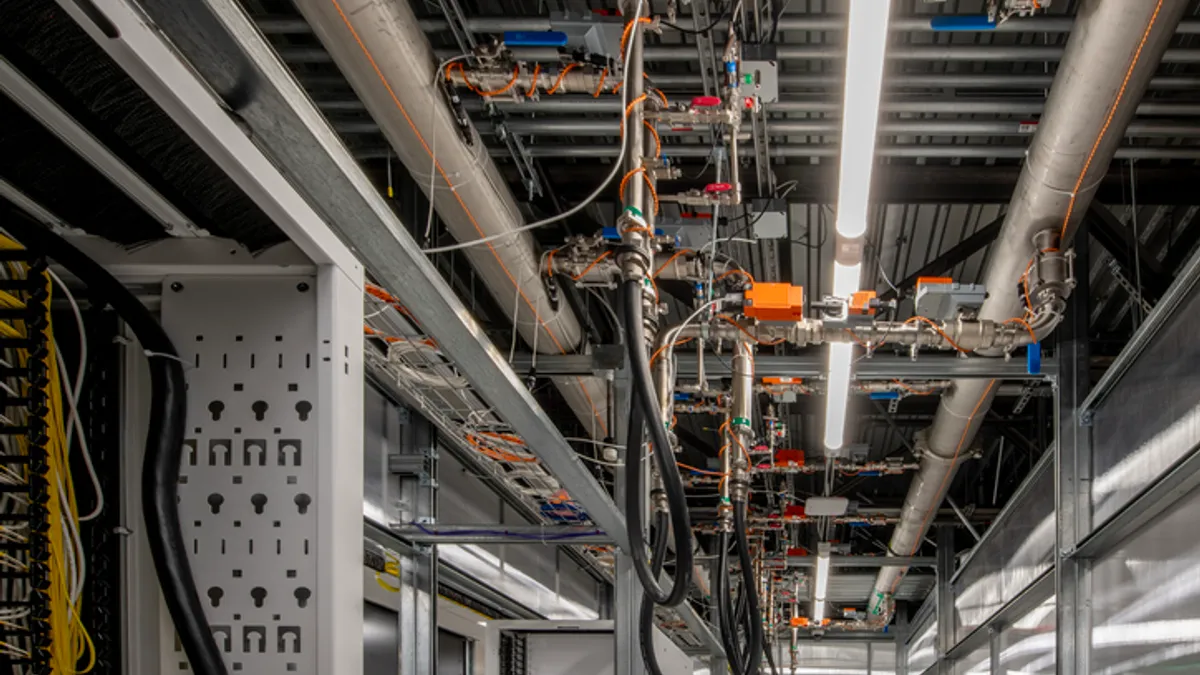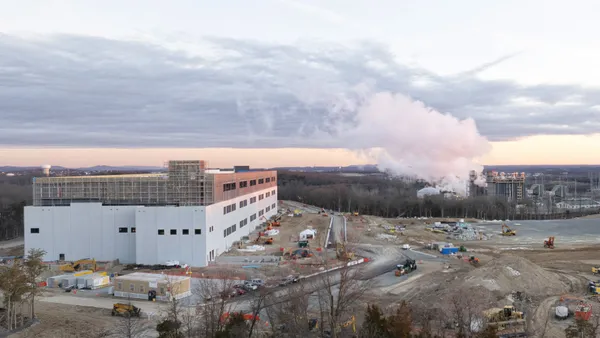The following is a contributed article by Rose Lenoff, Growth Director at Greenspot.
New Jersey has enacted legislation that will prepare the state for the next generation of transportation infrastructure.
Governor Phil Murphy committed to Senate Bill #2252 this past January, thereby initiating one of the largest rebates for EV buyers in the country — up to $5,000 per vehicle over the next ten years.
This is a substantial boon to consumers looking to enter the electric vehicle market. The average price of electric vehicles has already fallen 13% over the past year, which enables an entirely new cohort of consumers to reasonably purchase an EV. Time and again, drivers note price as their main concern when buying a car — whether electric or gas-powered — making these incentives essential to increasing EV adoption.
Providing a lucrative rebate offer for prospective EV buyers will undoubtedly increase the amount of EVs on the road. As New Jersey is among the top 10 states in terms of electric vehicle adoption per capita, the incentives provided by this rebate will stimulate an already proven demand.
Yet the New Jersey bill goes even further in promoting a greener future. Below are some of the major factors that have put New Jersey’s EV plan ahead of the pack — and how other states can replicate their legislative success.
High expectations, reasonable goals
New Jersey has just under 25,000 registered EVs on its roads — 60 times more than there were in 2012. We’ll need to see a similar exponential leap over the next decade to fuel sustainability efforts and increase visibility.
Luckily, New Jersey’s plan does just that.
Alongside the consumer incentive, the Senate bill’s main cornerstone is its set goal for more electric vehicles on the road — 330,000 by 2025, increasing to 2,000,000 by 2035. These numbers, compounded with the lessened cost of EVs for consumers, ensures EV demand will remain steady enough to put the goals in reach.
Increasing the number of EVs on the road by a factor of 10 takes time, but New Jersey isn’t sitting idle. A proactive approach to incentivization makes a highly ambitious bar more realistic. It will be interesting to see what kind of other incentives the state will offer to hit this remarkable goal — and how powerful of a positive feedback loop this creates for future EV adoption.
Investment in infrastructure
Driver trepidation about running out of juice on the road in an electric vehicle is so common that it has a name: ‘range anxiety.’ Recent analysis has indicated an undeniable truth for EV skeptics, showing that 95% of the state is within a 25-mile range of an EV charger. Therefore, New Jersey residents who are not making the switch due to a lack of infrastructure are basing their decision on outdated facts.
Of course, with more EVs on the road, more infrastructure is needed. Senate bill #2252 puts forth a directive for 400 additional DC Fast Chargers, and a further 1,000 Level II chargers, an attempt to amplify the availability of public charging stations.
This is where the bill faces its first real challenge: How can New Jersey, number one in population density among states, make electric charging viable in its cities?
When installing curbside charging or charging in public parking spots, the municipalities have to make a proactive choice to install EV chargers. This is where transport infrastructure’s long-standing chicken-and-egg problem comes into play: infrastructure must be in place for EV demand to rise, yet the building of charging stations also depends on EVs already on the road.
To an extent, the legislation aims to tackle this problem with mandates. Looking ahead, a successful rollout means placing EV chargers in places where they’re most needed, whether on high-traffic corridors or in areas where drivers are unlikely to be close to home or work. Determining these insights is crucial and necessitates the correct partnerships between the private sector and municipalities.
Buy-in from institutions
New Jersey's investment in EV infrastructure benefits the state’s fleet as well as citizen-owned vehicles. By 2035, 100% of state-owned non-emergency light-duty vehicles and public buses will be fully electric, an undertaking that is expected to significantly reduce emissions coming from the state’s fleet. Since EV operating costs are roughly half those of gasoline-powered vehicles, this move will also save taxpayers thousands of dollars, as the state replaces older internal combustion engine vehicles.
Policies such as these are critical in order to achieve these ambitious and essential emission reduction targets. We’ll soon see how municipalities, acting on the goals of the state, approach the need to update their fleets and build an infrastructure for the future.
Open-ended for new challenges
New Jersey's green energy bill leaves certain aspects open for future strategy. When it comes to medium and heavy-duty vehicles, for example, the legislation provides a provision to set those standards by the end of the year. This gives legislators, the state's transportation board, and municipalities time to explore options beyond sedans and other light-duty vehicles.
The electrification of heavy-duty vehicles has been an intriguing challenge for companies throughout the years, and only now are we starting to see some substantial progress. Both Volvo and Tesla have electric semi-trucks in development, while Daimler’s Freightliner eCascadia has already begun fleet testing.
Daimler’s electric semi was, in fact, funded in part by a grant from the state of California. This helps bolster the idea that many of the solutions to our EV goals may begin with funds granted by the state.




